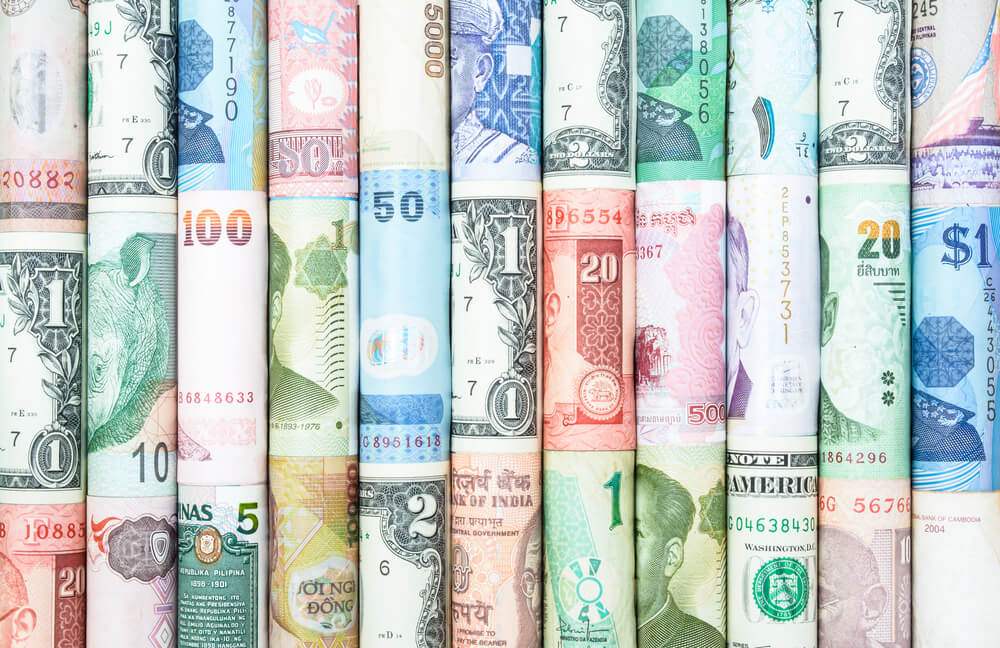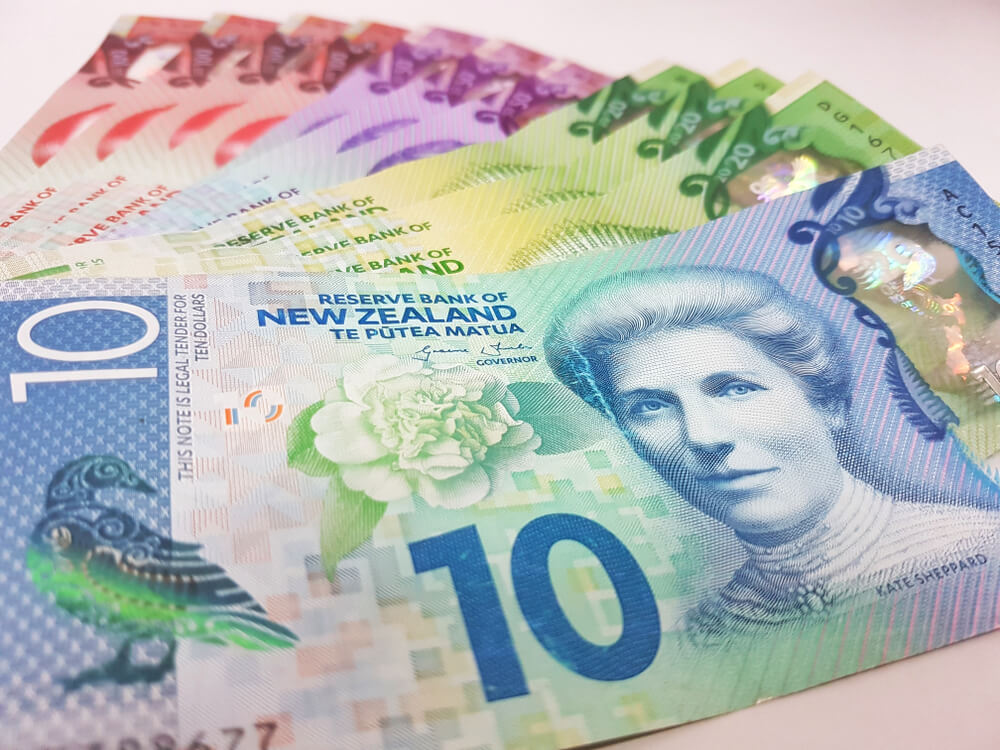On Thursday, May 27, the USD flew for the first time this week against major currencies as the US Federal Reserve calms inflation fears.
The Fed is slowly but surely heading towards a talk regarding the tightening of monetary policy.
In a statement, Fed officials immediately turned down this week’s concerns regarding inflation which prompts a predictable policy response.
However, Fed Vice Chairman Richard Clarida made an elusive shift in tone. He’s admitting that the moment to discuss the policy changes might be drawing closer.
The US dollar’s progress came at the cost of the euro and the Canadian dollar.
The euro was defeated 0.5% to the USD as eurozone yields shrank on new dovish signs from the European Central Bank.
Conversely, the euro still smashed 4% at $1.22 since March. Moreover, the US dollar ranked highly to 1.21 Canadian dollars from 1.20 on Tuesday.
Chinese yuan was strengthened to three-year highs against the US dollar, wherein a yuan equivalent to only $0.16.
On Wednesday, the US dollar revamped 0.3% against the 109 Japanese yen. As Japan’s economic outlook continues to aggravate, the yen is expected to fluctuate.
Elsewhere, the kiwi dollar jumped more than 1% versus the US dollar.
This is due to the New Zealand central bank giving a clue about a possible interest rate increase by September of next year.
Meanwhile, the dollar index surged 0.4% and crossed over 90 on Wednesday.
However, it still remained near the January fall as the market struck the brakes on its steady glide since March.
Since then, the dollar index has lapsed more than 3%, just like other economies which started to follow the pace of US COVID-19 vaccinations.
US Treasury Rate Lowered
On Tuesday, the US Treasury rate lowered to a fresh multi-week plunge and the yield curve flattened.
The benchmark 10-year Treasury rate sank to a two-week dip of 1.56% and last fell four basis points of 1.57%.
While the 30-year Treasury yield collapsed to its lowest point since May 7 at 2.23%. Its last four basis points flopped at 2.23%.
The $60 billion two-year Treasury notes were traded at a high yield of 0.15% and a bid-to-cover ratio of 2.74, which is above average.
It last fell one basis point at 0.14%. Investors’ fears on inflation were eased as an answer to the US Federal Reserve‘s statement over the past weeks.
On Monday, the Fed governor stated that she anticipates a jump in prices related to the economy’s recommencement to subside over time.














